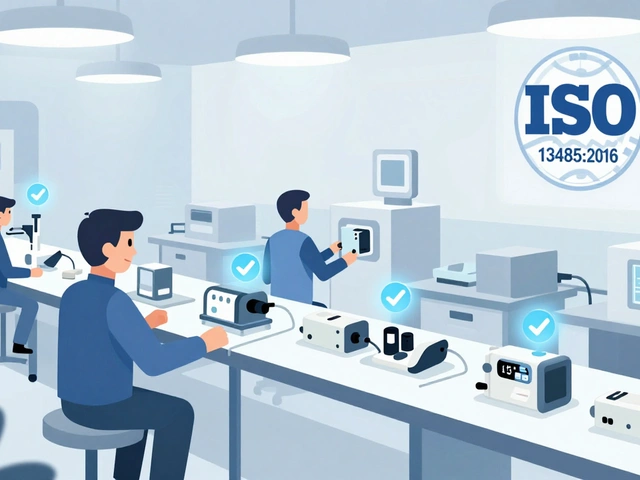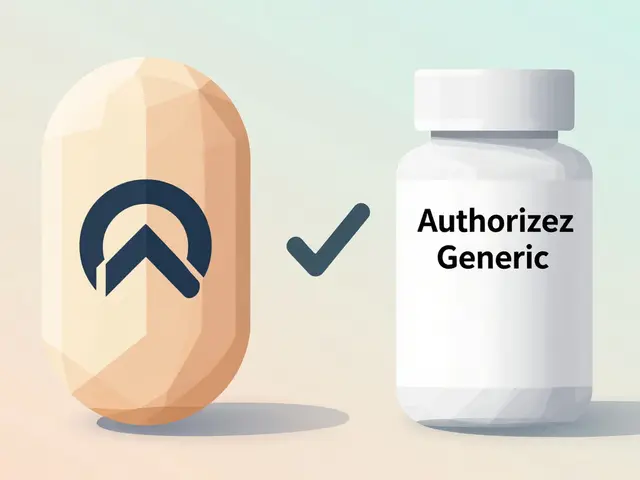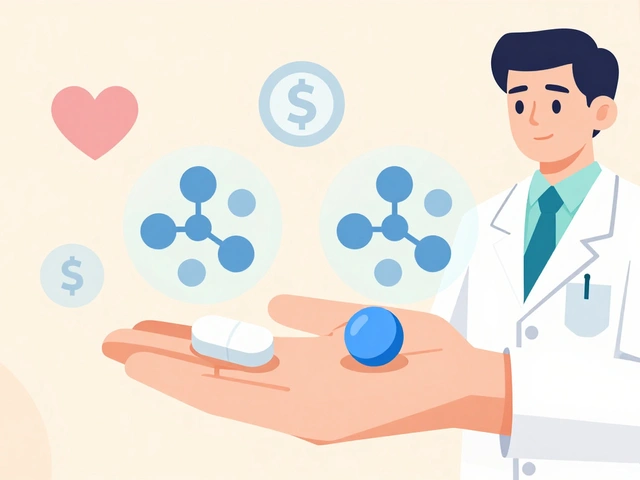Oral diabetes medications: simple facts and smart choices
Some diabetes pills lower A1c by more than 1% and even help with weight — while others may cause weight gain or low blood sugar. Knowing the differences makes a big impact on your day-to-day life and long-term health.
Oral diabetes medications fall into a few main groups. Metformin is usually the first one doctors try. Sulfonylureas and meglitinides boost insulin release. SGLT2 inhibitors and DPP‑4 inhibitors change how your body handles sugar. Thiazolidinediones (TZDs) affect insulin sensitivity, and alpha‑glucosidase inhibitors slow sugar absorption in the gut. Each group works differently and comes with its own pros and cons.
How they work and what to watch for
Metformin lowers glucose production in the liver and often cuts A1c about 1% on its own. It usually doesn't cause low blood sugar and can help with weight stability. Common side effects are stomach upset and loose stools; taking it with food helps a lot.
Sulfonylureas (like glipizide) and meglitinides make the pancreas release more insulin. They can be cheap and effective, but they raise the risk of hypoglycemia and sometimes cause weight gain. If you skip meals or drink alcohol, the risk increases.
SGLT2 inhibitors (empagliflozin, canagliflozin) help the kidneys remove excess sugar in urine. They often lower weight and blood pressure, and some reduce heart failure risk. Watch for genital infections, dehydration, and rare ketoacidosis in people with low insulin.
DPP‑4 inhibitors are gentle on side effects and don’t usually cause low blood sugar, but their A1c lowering is modest. TZDs can improve insulin sensitivity but may cause fluid retention and weight gain, so they’re used carefully in people with heart failure.
Choosing, taking, and staying safe
Pick meds based on your A1c goal, weight goals, kidney function, heart health, and budget. Tell your provider about every pill you take — prescriptions, supplements, and OTCs — because interactions matter. If your kidneys or liver aren't working well, some drugs are off the table or need dose changes.
Practical tips: take metformin with a meal to cut stomach upset; time meglitinides right before food; carry fast sugar if you use drugs that can cause hypoglycemia. Get an A1c test every 3 months until stable, then every 3–6 months. Check kidney function once a year or more often when your doctor advises.
If cost is an issue, ask about generics and patient assistance programs. If you consider buying meds online, use a pharmacy with clear contact info, valid pharmacist access, and a prescription requirement. Never skip medical follow-up just because pills are easy to get.
Notice sudden symptoms like fainting, extreme thirst, fruity breath, or severe stomach pain? Call your clinic. With the right medicine, routine monitoring, and a doctor who listens, most people manage type 2 diabetes well and keep complications far away.
Curious about what’s next after glipizide? Discover the hottest oral diabetes treatments in 2025. We break down SGLT2s, GLP-1s, and DPP-4s to help you find the smartest way to manage your A1c. Get the facts, real-life tips, and all the pros and cons, whether you’re new to diabetes or considering a medication change.
Continue reading...






